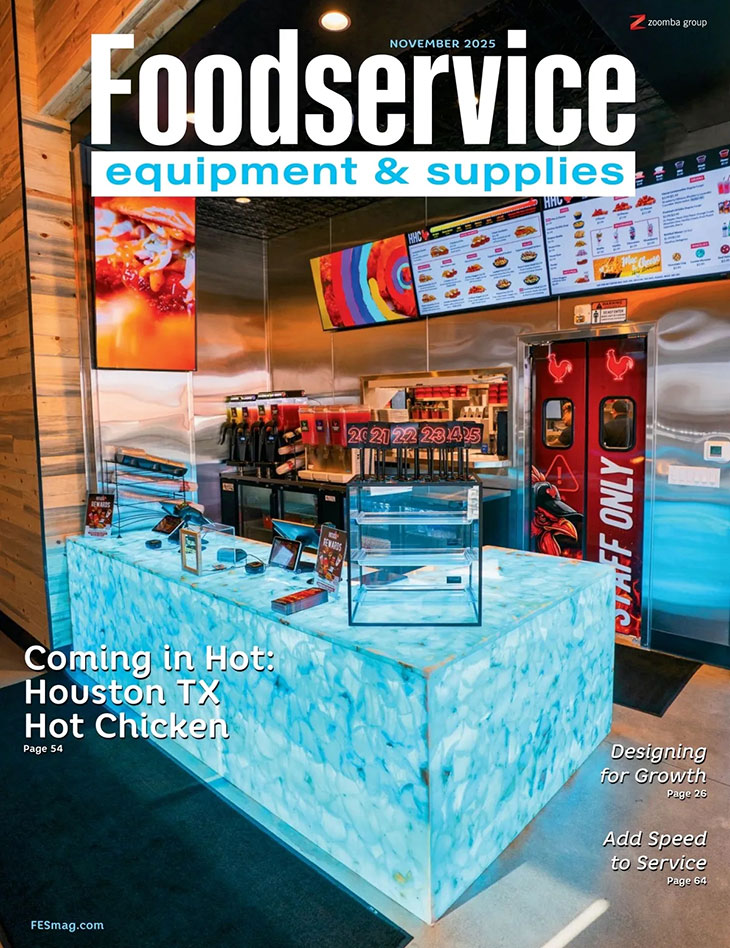A connected kitchen is one where the operator has linked the various pieces of equipment to enable them to communicate pertinent information such as energy, maintenance, food quality, food safety, operational efficiency and more in a timely manner. The connected commercial kitchen concept is not a new one, but unfortunately, the foodservice industry has been slow to implement this approach.
 Paul HepperlaThe time seems right for that to finally change.
Paul HepperlaThe time seems right for that to finally change.
When set up and operated properly, today’s connected kitchen systems can deliver the right information to operators at the right time.
For example, systems can alert an operator to a potential equipment failure before a rush period. This can help the foodservice operator avoid downtime and potential revenue loss, marking a sharp contrast to connected kitchens of old, which may have been capable of providing lots of data — but only for the sake of providing data. Engineers may have thought it was cool to provide more than 300 data points about a specific piece of equipment, but that was not what operators needed to better run their businesses.
The way equipment brand leaders view connected kitchens continues to change, too. A number of kitchen equipment manufacturers wanted to protect their intellectual property because it would help to differentiate their company’s products in the marketplace. As a result, manufacturers were often reluctant to share information as part of a connected kitchen solution. Older connected kitchen solutions may have worked well with one specific equipment brand but often did not connect with others and many commercial kitchens incorporate items from multiple manufacturers.
Security is a critical aspect of this. It can’t be intrusive. Instead of a connected kitchen system reaching into the machine to get data, the machine should send data when it’s needed. Manufacturers also need to understand that their data will not go to another manufacturer and they’ll have to learn from the data they access.
This connected piece changes the business model for manufacturers. They used to be in a more transactional business. In many cases, they would sell an operator a piece of equipment and often walk away. The only time manufacturers used to ever get feedback about their equipment is when it came back through a warranty claim.
The ability to sell a piece of equipment and remain connected has changed things and will help to accelerate the learning curve of manufacturers to better understand how customers use equipment.
Looking ahead, it’s important to keep in mind that operators are incredibly busy and may not want to get bogged down in certain details. The goal should be to provide simple solutions. And the supply chain needs to understand that different operators are likely to want different benefits from their respective connected kitchen. For example, larger operators may be all about the savings these solutions can provide. Smaller operators and franchisees, on the other hand, may want to know when the store is closed for the evening, when the equipment is shut down, and other intangibles that will allow them to rest easily.
The good news is the same data can provide benefits to both sets of operators.



